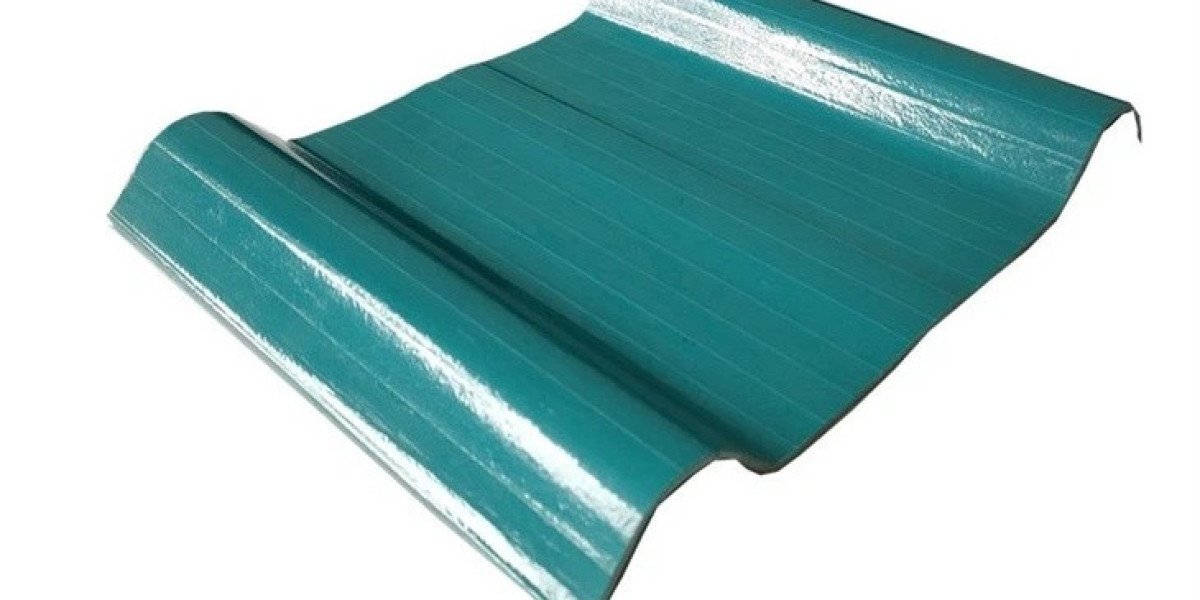Introduction
When it comes to connecting wires or terminals with accuracy, a crimping tool is an unsung hero in every technician’s toolkit. Whether you’re an electrician, an automotive engineer, or a DIY enthusiast, understanding how a crimping tool works — and how to choose the right one — can make all the difference in the strength and safety of your connections.
What Is a Crimping Tool?
A crimping tool is a hand or powered device used to join two pieces of metal — usually a wire and a connector — by deforming one or both to hold them together securely. Instead of relying on solder, the crimping process creates a mechanical bond that ensures both electrical conductivity and durability.
Think of it as a precision handshake between wire and connector — firm, consistent, and built to last.
Types of Crimping Tools
Crimping tools come in various forms depending on the type of task and the level of precision required. Here are the main types:
1. Manual Crimping Tools
Perfect for small-scale or DIY projects, manual crimpers use hand pressure to create the crimp. They’re lightweight, affordable, and ideal for quick jobs.
2. Ratchet Crimping Tools
These offer more control and consistency. The ratcheting mechanism ensures that the crimp isn’t released until the correct pressure is applied — guaranteeing uniform results every time.
3. Hydraulic Crimping Tools
Used for heavy-duty applications such as industrial wiring and power cables, hydraulic crimpers deliver high compression with minimal effort. They are the go-to for professionals dealing with large gauge wires.
4. Electric and Pneumatic Crimpers
Designed for mass production or repetitive crimping tasks, these tools automate the process, improving speed, accuracy, and efficiency.
How a Crimping Tool Works
The crimping process involves three simple steps:
Insert the Wire — Strip the insulation and insert the wire into the connector.
Position in the Tool — Place the connector in the crimping jaws.
Apply Pressure — Squeeze or activate the crimper to compress the terminal around the wire, creating a tight bond.
When done correctly, the result is a professional-grade connection that resists vibration, corrosion, and electrical failure.
Why You Should Use a Crimping Tool
✅ Consistent Results: Achieve uniform tool crimping that meet electrical and mechanical standards.
✅ Time-Saving: Faster than soldering and less messy.
✅ Reliable Connections: Ensures a secure, long-lasting joint.
✅ Versatile: Works for electrical, automotive, network, and even jewelry applications.
How to Choose the Right Crimping Tool
When selecting the perfect crimping tool, consider the following:
Wire Gauge: Match the tool with the wire size you’re using.
Connector Type: Different terminals require specific dies or jaw profiles.
Frequency of Use: For frequent tasks, invest in ratcheting or hydraulic crimpers.
Comfort & Grip: Ergonomic handles reduce hand fatigue during long sessions.
Maintenance Tips for Longevity
A high-quality crimping tool can last for years — if cared for properly.
Clean the jaws after each use.
Store in a dry place to prevent rust.
Calibrate regularly for precision.
Avoid using excessive force that can damage the tool’s mechanism.
Conclusion
A crimping tool isn’t just a piece of equipment — it’s a symbol of precision and craftsmanship. The right tool ensures your connections are strong, reliable, and built for performance. Whether you’re wiring a control panel or building a custom harness, investing in a quality crimping tool is a decision that pays off every time you pull the trigger.
Read More Latest Articles: Clicking Here







